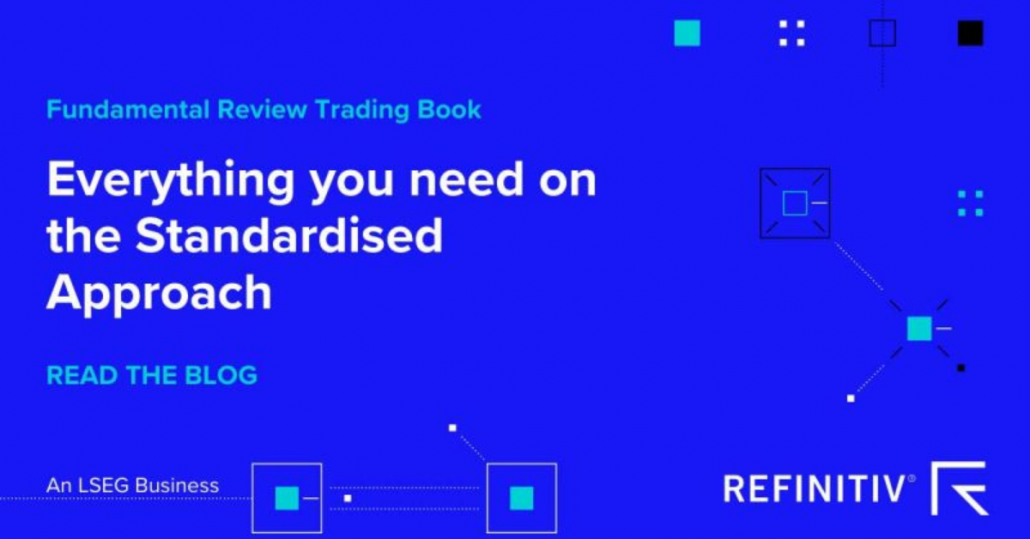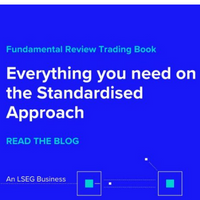Everything you need on the Standardised Approach
13-10-2022 | treasuryXL | Refinitiv | LinkedIn |
How can data and analytics help banks meet the FRTB Standardised Approach deadline? This blog by Refinitiv helps you understand everything you need on the Standardisded Approach.

What are the biggest FRTB implementation challenges?
Around the world, banks are finding the implementation of the Fundamental Review of the Trading (FRTB) requirements – with an international deadline of January 2023 – very challenging. Top issues include:
- Standardised Approach capital calculations demand three different metrics, and the Sensitivities Based Method is particularly complex. Banks need to apply the relevant risk class, risk weight, and risk bucket metrics to calculate their capital.
- Within the Standardised Approach, the Funds Look-Through Approach and the Index Look-Through Approach both require lots of detailed price and reference data about individual funds and index constituents.
- To pass the Risk Factor Eligibility Test (RFET), under the Internal Models Approach, banks must obtain “real price observations” (RPOs) for 12 months, attribute RPOs to individual risk factors, and check if there is enough activity to pass liquidity thresholds. This requires large amounts of data, sometimes from opaque markets.
For most banks, the biggest FRTB data gap is in over-the-counter (OTC) products. Legacy technology infrastructure, data governance issues, and other challenges can mean that working with a trusted data partner will reduce the time and resources needed to achieve FRTB compliance.
Read more about the solutions offered by Refinitiv here










